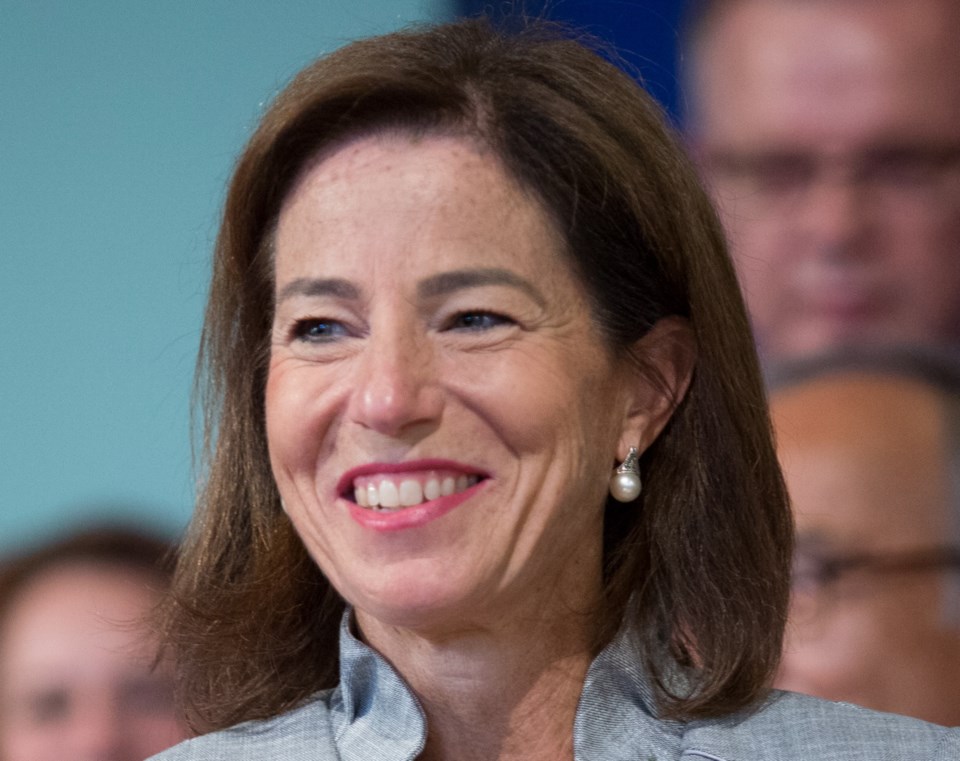The provincial government has no immediate plans to consider amalgamating the capital region, but will “imminently” release a report that could result in more integrated services.
Municipal Affairs Minister Selina Robinson said she will share the report with mayors and then the public. What Greater Victoria municipalities choose to do with it is up to them, she said.
“Local governments are responsible for making choices about how they want to deliver services — and the governance issues that come along with that. They’re obligated to represent the best interests of their constituents,” Robinson said.
“It’s really up to local governments to decide how to do that. I’m hopeful this report will help them with that.”
She has no immediate plans to commission an amalgamation-specific study.
Former Liberal cabinet minister George Abbott’s company Circle Square Consulting, and Urban Systems won a 2016 bid to work with the 13 capital region governments to “explore ways to integrate services and governance” — but not amalgamation.
The $95,000 report is expected to identify the integrated services that already exist, suggest what else could be done and chart a potential path forward.
It is almost one year behind in its expected release.
The idea of studying some form of amalgamation was put to the electorate in eight of the 13 municipalities in the November 2014 municipal election.
Seventy-five per cent of voters supported the idea.
In the wake of the vote, the B.C. Liberal government said it would do a governance study and provide staff and resources to communities interested at looking at amalgamation.
In 2015, then-premier Christy Clark’s mandate letter to community minister Peter Fassbender instructed him to “develop and present options to cabinet on potential processes under which local governments could either amalgamate or integrate service delivery by June 30, 2016.”
The topic of amalgamation was conspicuously absent from the mandate letter Premier John Horgan issued to Robinson on July 24.
Amalgamation Yes spokeswoman Shellie Gudgeon said she looks forward to reading the report but isn’t hopeful that it will include the comprehensive governance review the group wants to see.
Gudgeon described the region’s current governance model as “brutally fractured.” She said a thorough review would involve input from citizens, not just government staff and politicians, and would consider models of amalgamation.
“I want to be clear that we’re not advocating for any model, we’re advocating for a comprehensive review,” she said.
“Governance is critical, how we govern ourselves and that process. So what we’re looking for is a more transparent, citizen-led process.”
Gudgeon gave the recent North Cowichan-Duncan amalgamation review, conducted by a group of 36 citizens tasked by the two municipalities, as a positive example.
Victoria Mayor Lisa Helps said the report will likely offer a good place to start. She said local governments in the region have already begun working together on things like building a shared police dispatch centre and the South Island Prosperity Project, which counts 10 municipalities as members.
“I think what we should continue to do is demonstrate to the public that we’re working at better integration and see where that leads us,” Helps said.
“Maybe one day that will lead to amalgamation, and maybe it won’t. But I think it’s a false dichotomy [to talk about] amalgamation or the status quo, when I think we’ve demonstrated over the last 21Ú2 years that we can do a lot [together].”
Integrating services is one of a string of regional issues the new NDP government has said it will leave up to local authorities to act on. Last week, Robinson said she won’t wade into Nanaimo council’s turmoil and Solicitor General Mike Farnworth said he didn’t have plans to amalgamate Greater Victoria’s police departments.
On Tuesday, the Times Colonist reported Greater Victoria taxpayers paid a total of just over $2 million in salary and expenses for the 91 part-time mayors and councillors in the region’s 13 municipalities — more than double that of Surrey, which has a larger population.



